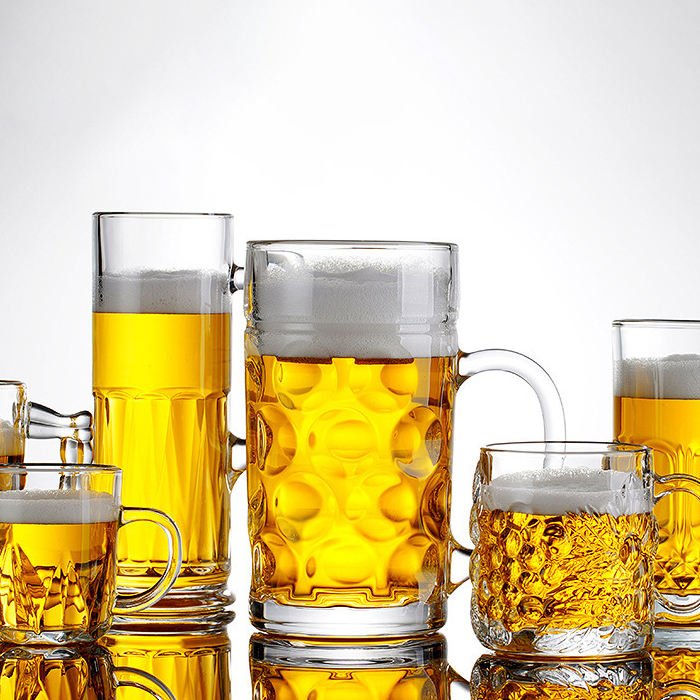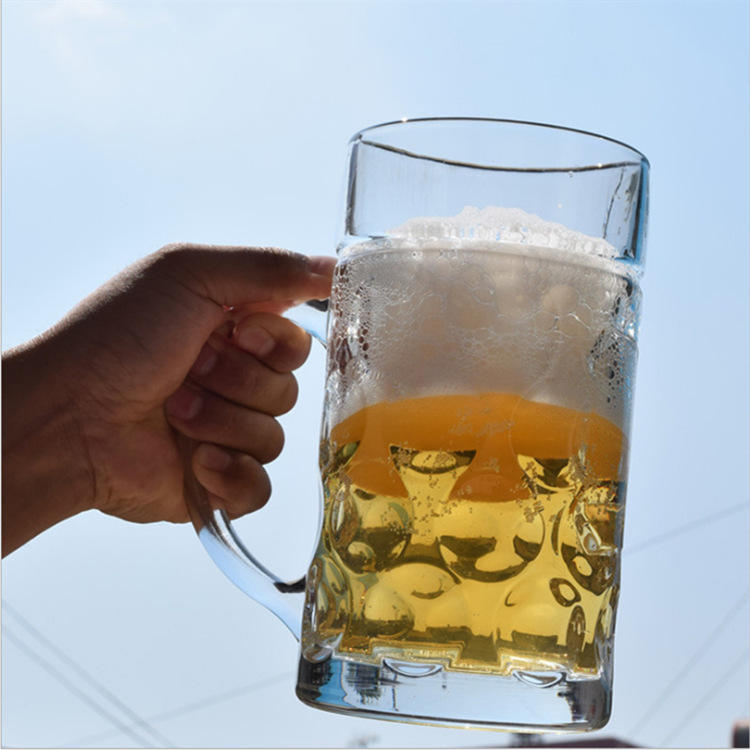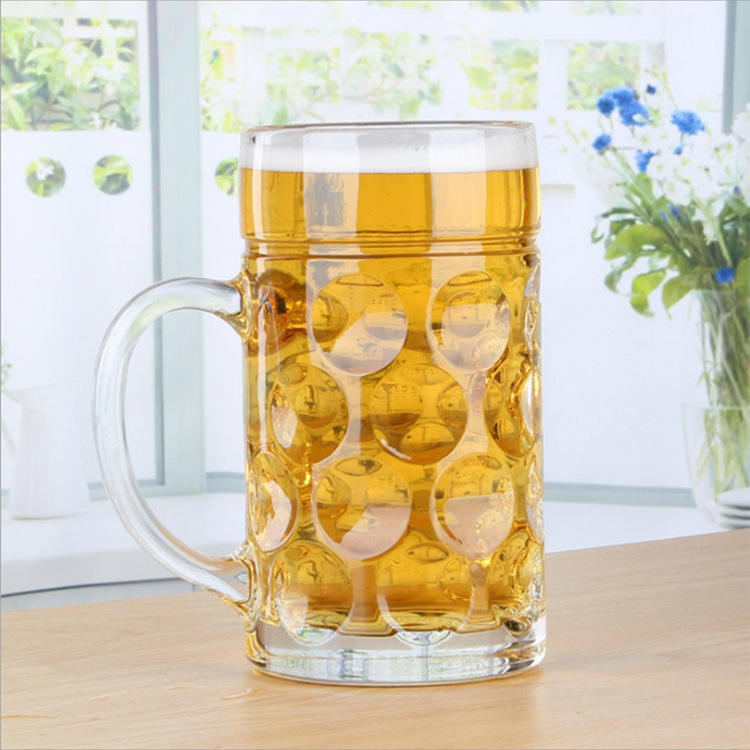The manufacturing process of wine glasses is a complex and detailed process that requires precision and expertise. Here is an overview of the typical manufacturing process for wine glasses:
- Glass melting: The first step is to melt raw materials like silica, soda ash, and limestone in a furnace to produce a molten glass mixture.
- Glass shaping: The molten glass is then shaped into the rough form of a wine glass by blowing or pressing it into a mold. The glass is often reheated several times during this process to maintain its workability.
- Stem formation: The stem of the wine glass is then formed by blowing or pressing the glass into a separate mold, which is attached to the bowl of the wine glass.
- Annealing: The wine glass is then annealed, or slowly cooled to room temperature to remove any stresses that may have developed during the shaping process. This helps to prevent the glass from breaking or cracking later on.
- Cutting and finishing: After annealing, the wine glass is cut and polished to remove any rough edges or imperfections and to give it its final shape. This may involve adding features like a foot or a lip depending on the type of wine glass being produced.
- Engraving: Many wine glasses are then engraved with decorative designs or logos using either acid or laser etching.
- Quality control: The finished wine glasses are inspected for defects and blemishes before being packaged and shipped to customers.
Overall, the manufacturing process of wine glasses requires careful attention to detail and a high level of craftsmanship to create high-quality, durable, and visually appealing glassware. The unique shape and design of wine glasses may require additional steps in the shaping and finishing processes to ensure that they are functional and aesthetically pleasing.



